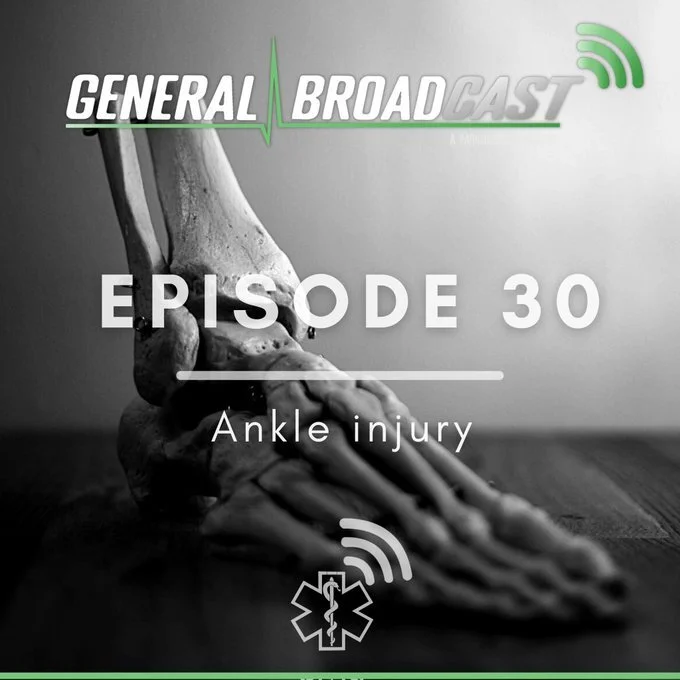Prehospital Traumatic Cardiac Arrest (TCA) is a rare and particularly stressful presentation to paramedics and emergency clinicians.
We should be comfortable with the different algorithm rescusers should use in resuscitation and understand the reasonings for modifications in these low output states in trauma.
So, why dont we do chest compressions in a traumatic cardiac arrest? Should TCA's be given adrenaline and what does HOTT Stand for? We've got the answers to all this and more.
Ankle injuries present to ambulance staff across a wide spectrum, from the minor soft tissue injury that can be discharged on scene, to the fracture dislocation. We need to be confident in assessing and managing the full spectrum of these injuries,
This month we talk about manipulating fractures, prophylactic antibiotics, as well as how to decide which injuries need an x-ray and what advice to give those patients that don't.
This month we're taking a look at Epistaxis. It's a common presentation with a varied degree of severity.
You might not thing there's much to learn about managing a nose bleed, but that's where you'd be wrong. There's a number of things we need to consider when assessing these patients and several treatment options to consider.
Silver trauma is the term that is most commonly used to describe trauma in older patients. It is often used to refer to major trauma in this patient group and rates of major trauma in the over 65s are rising.
This month we're looking at the physiological changes that occur with ageing and trying to understand how these impact our older patients who suffer trauma.




